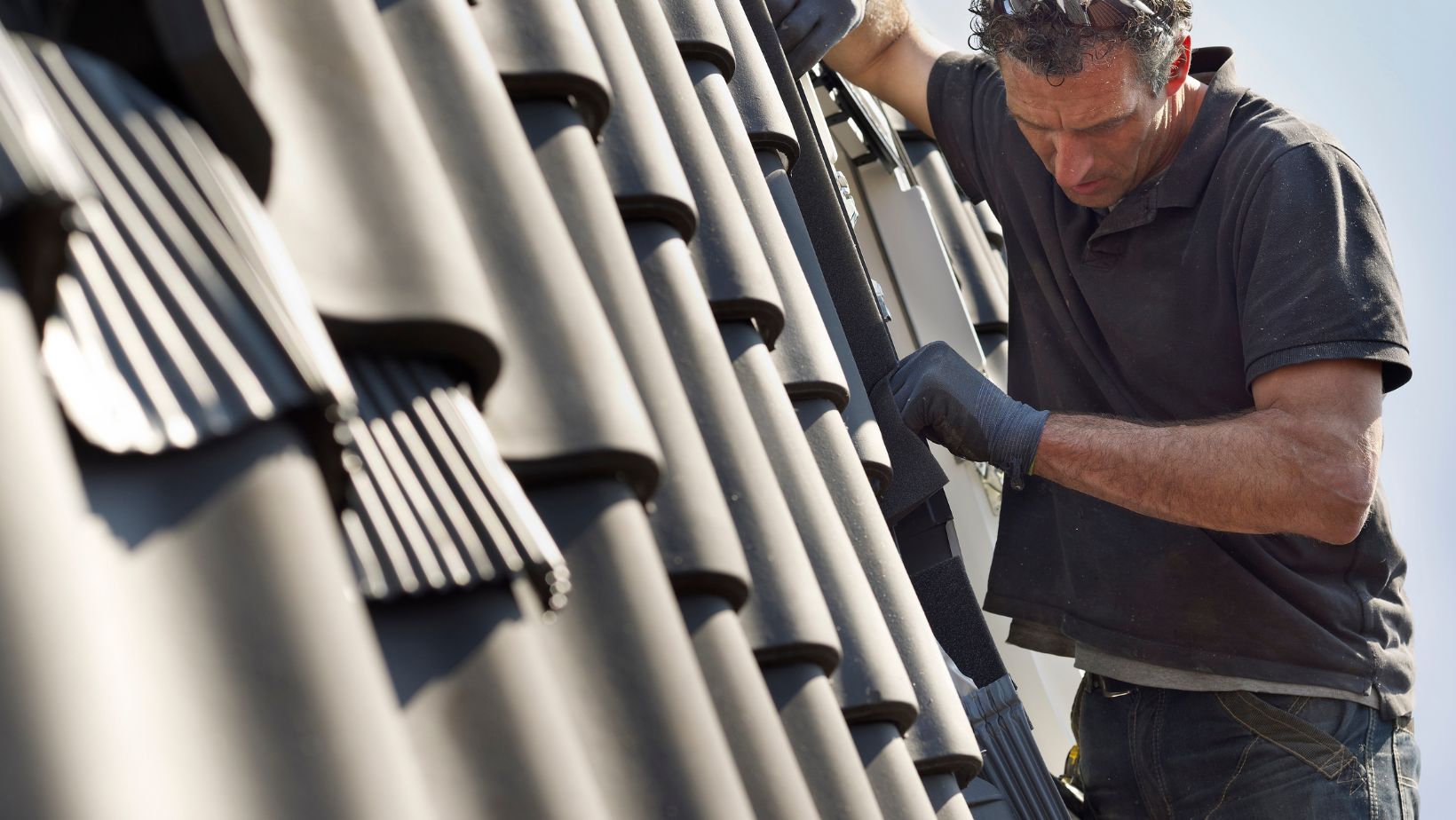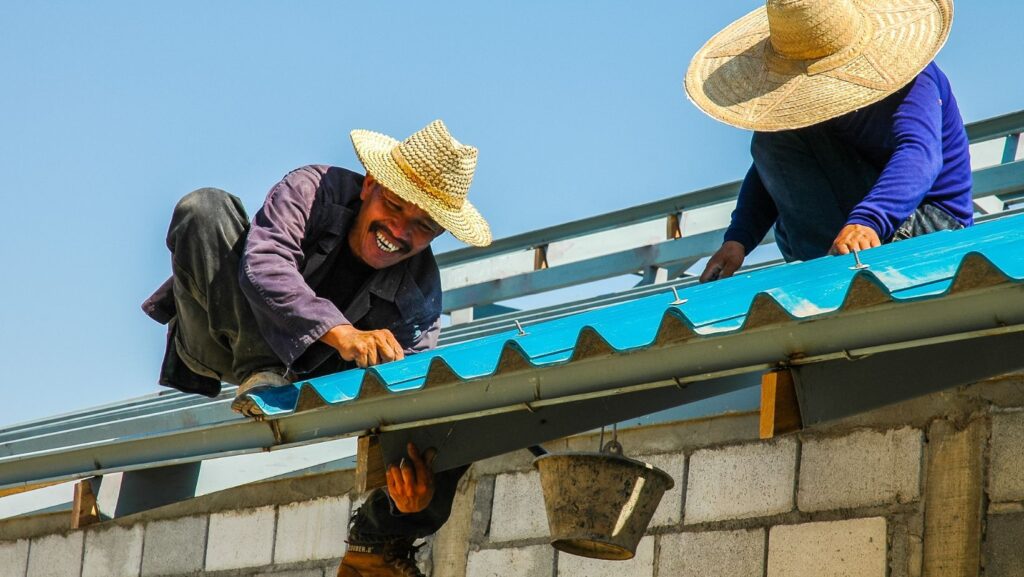Before starting a complete roof replacement, it’s essential to conduct a thorough inspection to understand the condition of the existing roofing system. This inspection lays the groundwork for a successful replacement by identifying any underlying problems needing attention before installing new materials. A proper inspection doesn’t just look at what’s visible from the surface—it evaluates the structure, drainage, ventilation, and integrity of the supporting components beneath the shingles or tiles. Critical issues could be missed without this step, leading to unexpected complications during or after the replacement. We will explore what a pre-replacement roof inspection should cover and why each element is essential to long-term performance.
Aspects a pre-replacement roof inspection should cover
-
Evaluating the Roof Deck and Underlayment
One of the first components a contractor will assess during a pre-replacement inspection is the condition of the roof deck. This is the foundation layer that supports all other roofing materials. If the deck is weakened, warped, or rotted, installing new shingles or tiles over it will only lead to problems down the line. Inspectors look for signs of moisture damage, such as soft spots, discoloration, or mold, which suggest that water has made its way past the existing roofing layers.
In some cases, this damage is only visible after the top layer is removed, but experienced contractors can often identify red flags during an initial walk-through or attic inspection. Equally important is checking the condition of the underlayment—the water-resistant barrier between the shingles and the roof deck. Underlayment provides backup protection in case water gets beneath the outer roofing material, but over time, it can degrade, especially in high-humidity or storm-prone areas.

An inspection evaluates whether the current underlayment is intact or has started to crack, wrinkle, or shift. If the underlayment fails, it won’t provide sufficient protection and must be replaced along with the shingles. These assessments are critical to prevent water infiltration, especially when the old roofing is removed and before the new one is fully installed. The replacement process becomes more straightforward if the roof deck and underlayment are sound. However, identifying hidden damage early ensures that the contractor can factor in necessary repairs and adjust the timeline and budget accordingly. A proper inspection sets the stage for a long-lasting, trouble-free installation by examining what lies beneath the surface.
-
Inspecting Flashing, Chimneys, and Roof Penetrations
Another essential part of the inspection process focuses on areas where the roof surface is interrupted by features such as chimneys, vents, skylights, and pipe boots. These penetrations are common sources of leaks, particularly if the flashing around them has been damaged or installed incorrectly. Flashing is the thin metal material used to direct water away from joints and seams, and its condition plays a big role in roof performance. Inspectors will examine whether the flashing is rusted, bent, lifting, or missing. Around chimneys, for example, flashing may need to be resealed or replaced entirely to create a watertight barrier. Vents and skylights should also be checked for cracks, loose seals, or signs of water infiltration.
In some cases, components like vent boots or collars degrade faster than the rest of the roof and may require updating even if the surrounding shingles remain intact. A roof inspection should verify that all penetrations are adequately secured and free from debris that might block airflow or water drainage. Any areas where the roof connects to vertical walls—such as dormers or parapets—also require close examination.
These intersections need step flashing or counter flashing to prevent water from seeping behind the siding or cladding. If this flashing is installed improperly or missing, it can lead to significant interior water damage, often unnoticed until major repairs are needed. An inspection by Roof Works ensures that the replacement roof will be adequately sealed from every angle by checking these vulnerable points. Repairing or replacing flashing as part of a full replacement is much easier and more cost-effective than waiting until leaks appear later. This proactive step helps eliminate weak spots and contributes to the long-term integrity of the new roof.
-
Checking for Proper Ventilation and Drainage
Proper ventilation is one of a durable roofing system’s most overlooked yet vital components. During a pre-replacement inspection, contractors will evaluate whether the existing attic and roof ventilation is adequate for the size and layout of the home. A balanced system typically includes intake and exhaust vents to allow air to circulate through the attic. Heat and moisture can build up without sufficient airflow, leading to mold growth, ice dam formation, and reduced shingle lifespan. In some homes, signs of poor ventilation may include musty smells in the attic, visible condensation, or warped wood.

Inspectors may also note that roofing materials have aged prematurely in areas with trapped heat. A roof replacement presents the perfect opportunity to upgrade the ventilation system if deficiencies are found. Installing ridge vents, soffit vents, or gable vents during the replacement ensures the new roof performs efficiently and avoids problems that often stem from poor airflow. Equally important is drainage. Inspectors will examine how water flows off the roof and whether gutters and downspouts are positioned correctly to handle runoff.
Ponding water or staining on fascia boards may indicate drainage systems are clogged or sloped incorrectly. Poor drainage can lead to water backing up under shingles or seeping into the foundation, causing damage beyond the roof. Ensuring that water can exit the roof quickly and smoothly is essential to the function and longevity of any replacement project. By evaluating ventilation and drainage, inspectors are not just looking at the roof itself—they’re assessing the overall health of the home’s roofing environment. These systems must work together to protect the structure from the elements while maintaining interior comfort and efficiency.
A pre-replacement roof inspection provides more than just a checklist—it’s a detailed assessment that guides the entire process and helps prevent avoidable issues during installation. From examining the roof deck and underlayment to checking flashing, penetrations, and ventilation systems, each inspection step ensures the new roof performs as expected. Homeowners who take the time to schedule and understand a thorough inspection are better positioned to make informed decisions, avoid unexpected costs, and enjoy the full benefits of their investment. It’s not just about replacing shingles—it’s about building a roof system that protects, insulates, and endures.
